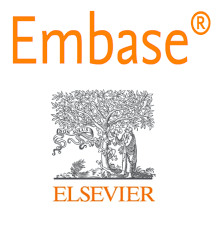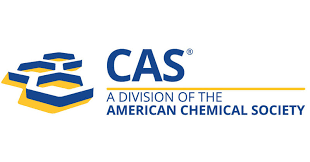Antifungaldrug sensitivity of Candida isolated from oral cavities of human immunodeficiency virus infected patients in a tertiary care centre
Keywords:
Candida, HIV, non-albicans Candida (NAC)Abstract
Introduction: Human immunodeficiency virus (HIV) infected individuals frequently
suffer from oropharyngeal candidiasis (OPC) has an opportunistic infection. Candida
albicans is the often isolated species from the oropharyngeal candidiasis among
Candida species. Non-albicans Candida (NAC) species are also being recovered
increasingly. Intensiveantifungal use both for therapy and prophylaxis has favored
the emergence of resistant strains.
Aims:The aims of the study were
1) To document the clinical types of candidiasis in HIV patients.
2) To identify the spectrum of Candida species in oropharyngeal candidiasis.
3) To identify the drug resistance pattern.
Materials and methods:150 oropharyngeal swabs were collected from 75 HIV
seropositive individuals with clinical confirmation of oropharyngealcandidiasis.The
clinical type of candidiasis were noted,standard microbiological techniques were
performed for species identification and determination of drug resistance pattern.
Results:Out of 75 study subjects, Candida albicans was the leading species isolated
from 70% cases, with non-albicans Candida species (NAC) being isolated from 30%
cases. Regardless of theCandida species, drug resistance was observed in 12(24%),
10(20%), 7(14%) and5(10%) of the isolates to the drugs, Fluconazole, Itraconazole,
Clotrimazole and Nystatin, respectively.
Conclusion:A rising trend of non-albicansCandida(NAC)along with varying levels
of drug resistancerecommends the need for routine culture and antifungal drug
susceptibility testof Candida species for effective controlling.
.png)









